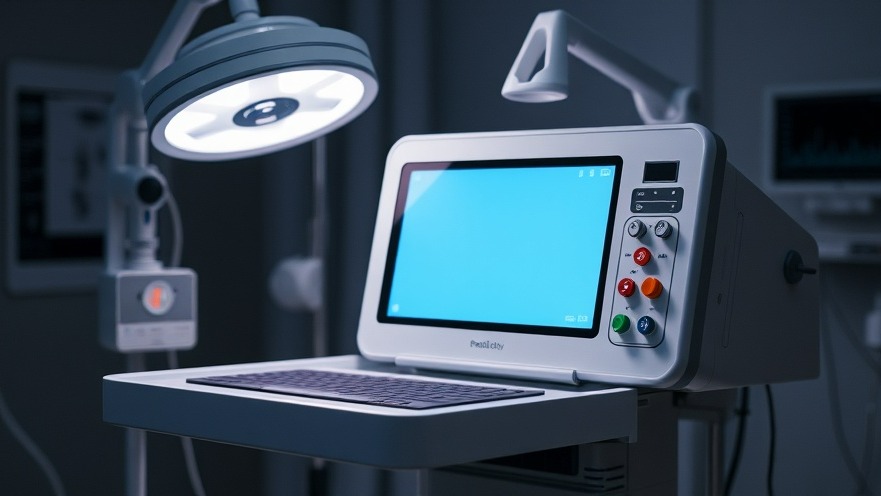
The Hidden Costs of Health Care Administration
In the complex landscape of U.S. healthcare, administrative costs have reached alarming heights, contributing significantly to the overall expenses incurred by patients and providers alike. With health insurance transactions still largely reliant on outdated analog processes, the inefficiencies are glaring. Dr. Kevin Schulman, a leading voice in health administration, sheds light on how these antiquated methods necessitate a serious overhaul. Unlike the smooth operations of modern e-commerce, healthcare transactions lag behind, costing patients up to 30% in administrative fees while consumers using credit cards face charges as low as 2% to 3%.
The Needs for Digital Transformation
The urgent call for digitization couldn't be clearer. As we navigate through 2025, health leaders are tasked with revolutionizing an industry bogged down by inefficiencies. 'Precedent thinking' is essential, as we reconsider how healthcare services are structured and delivered. Moving from an analog to a digital framework isn't just about modern technology, but about streamlining operations to create a cohesive infrastructure. By implementing a standard digital process across various health plans instead of overlapping schemas, we can reduce costs significantly and improve the patient experience.
Building a Unified Framework
A major barrier to efficiency in healthcare administration is the lack of accountability for transactional processes. Each health insurance provider designs its own pathway, leading to confusion and unnecessary complexity. The push for a standardized digital framework is paramount not just for reducing costs, but for ensuring a unified patient experience. Innovations in technology can pave the road for seamless transactions, much like the integrative approaches taken by tech firms outside the medical realm.
Embracing Future-focused Strategies
As we contemplate solutions, it’s crucial to adopt a proactive mindset. What may feel like insurmountable challenges today can transform into opportunities for growth and efficiency. By setting the groundwork for improved administrative structures, concierge practices can position themselves as leaders in the healthcare market. The blend of advanced technology with a patient-centered approach will not only enhance service delivery but could also drastically reduce operational costs.
Actionable Insights to Implement Now
For concierge practice owners looking to streamline their operations, the focus should shift toward investing in technology that supports digital transactions. Creating partnerships with health technology companies to implement client-friendly platforms can result in significant time savings and cost reductions. Additionally, understanding the specific administrative burdens that add complexity to your practice can lead to more informed decision-making about which processes to amend and eliminate.
Conclusion: The Path to Efficiency
Addressing the high costs of healthcare administration is no longer a distant goal; it requires immediate action from leaders in the field. The opportunity to innovate and streamline processes is within reach, offering the potential to significantly enhance the patient experience while boosting your practice's standing in a competitive landscape. Start thinking about how you can digitize your operations and lead the charge toward a more efficient healthcare model.
If you’re ready to elevate your concierge practice and reduce operational costs, now is the time to explore the digital tools and strategies that can make a difference. Evaluating available technology, optimizing workflows, and considering collaborative solutions will set your practice on the path to success.
 Add Row
Add Row  Add
Add 




Write A Comment